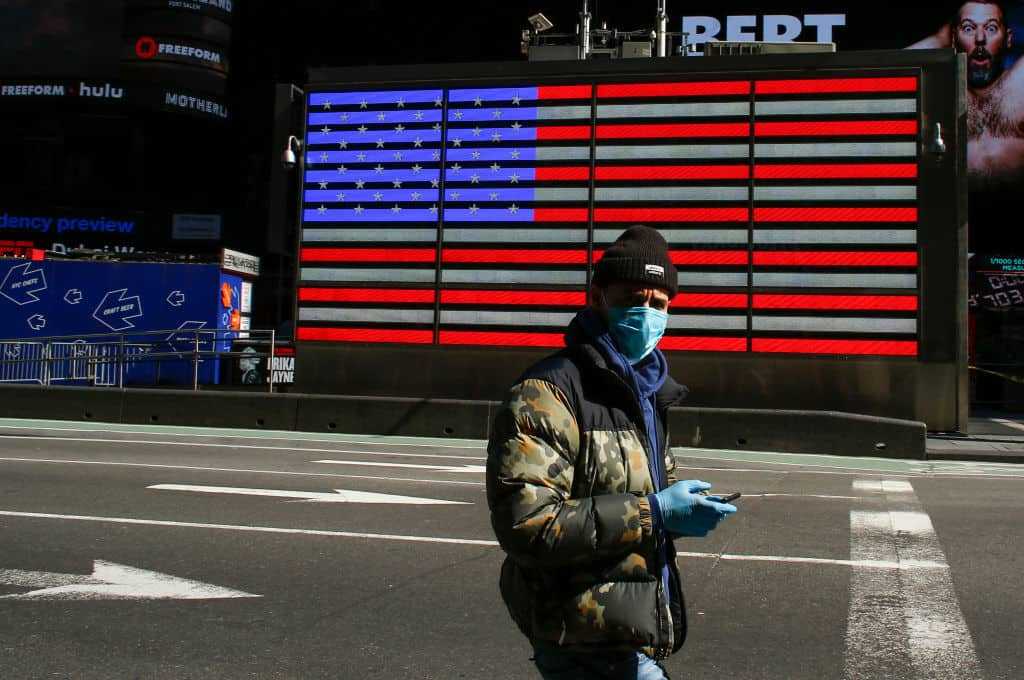Researchers plan to publish a bombshell open letter they sent to the World Health Organization in a scientific journal next week. 239 scientists in 32 countries wrote the letter stating the reality that COVID-19 is airborne. Conflicting information and changing guidelines have continued to come from the WHO, and have also “resisted mounting evidence that viral particles floating indoors are infectious” reports The New York Times.
The World Health Organization has maintained the coronavirus is primarily spread “by large respiratory droplets that, once expelled by infected people in coughs and sneezes, fall quickly to the floor,” reported NYT. The 239 scientists say that isn’t the case and give heed to new warnings. Specifically, the virus lingers in the air indoors.
The 239 scientists say that isn’t the case and give heed to new warnings. Specifically, the virus lingers in the air indoors.
The New York Times writes “interviews with nearly 20 scientists – including a dozen W.H.O. consultants and several members of the committee that crafted the guidance – and internal emails paint a picture of an organization that, despite good intentions, is out of step with science.”
If in fact, the virus’ airborne transmission rate is significant, “masks may be needed indoors, even in socially-distant settings. Health care workers may need N95 masks that filter out even the smallest respiratory droplets as they care for coronavirus patients,” writes NYT. Additionally, “ventilation systems in schools, nursing homes, residences, and businesses may need to minimize recirculating air and add powerful new filters.” Also, ultraviolet lights may be necessary “to kill viral particles floating in tiny droplets indoors,” reports NYT.
Even as recently as June 29th when the W.H.O. released its latest update on the virus, their assessment of airborne capability was quite different than the scientists’ claim in their letter. “The W.H.O. said airborne transmission of the virus is possible only after medical procedures that produce aerosols, or droplets smaller than 5 microns,” reported NYT.
In April, 36 air quality and aerosols experts urged the W.H.O. to further investigate evidence of airborne transmission. A meeting was promptly made, “but the discussion was dominated by a few experts who are staunch supporters of handwashing and felt it must be emphasized over aerosols, according to some participants, and the committee’s advice remained unchanged,” according to the New York Times.




